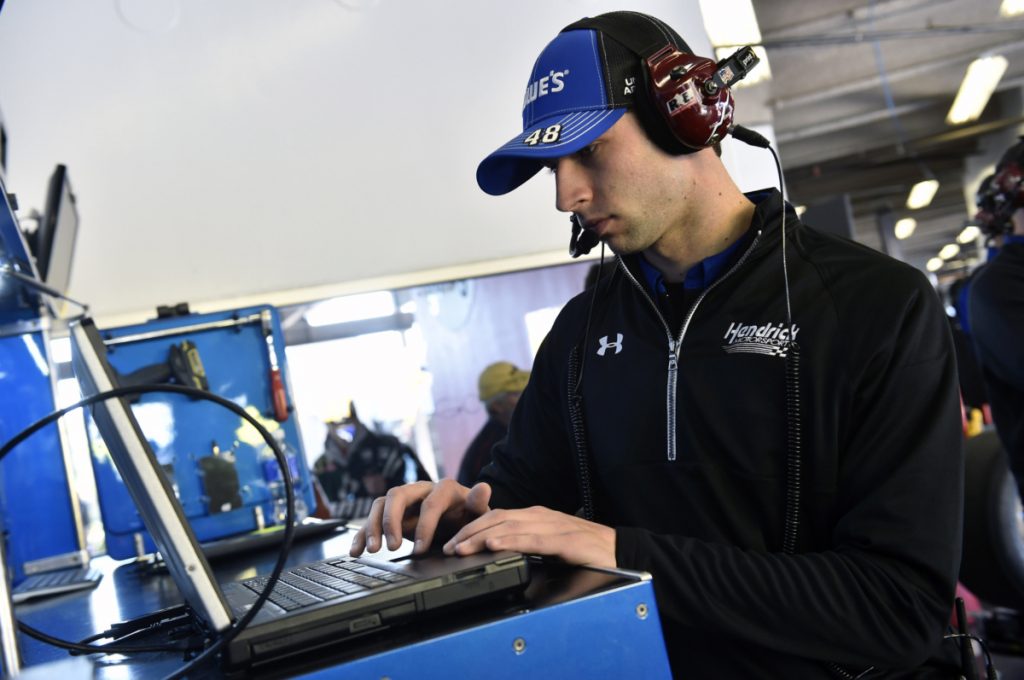
Race engineers are the unsung brains of the operation.
When we talk about motorsport heroes, we focus on drivers, but behind every champion is someone who whispers the right words at the right time. Enter the race engineer: the calm, analytical brain behind the wheel. They can turn chaos into strategy, and panic into performance.
So, what actually makes a good race engineer? Let’s break it down.
Calm Under Fire
Their job is very high pressure. Whether it’s raining mid race, a pitstop gone wrong, or tyre degradation, they have to stay composed and act fast. As well as processing data in real time, they have to communicate clearly to a driver, who is flying around a track at top speed.
Think of GP telling Verstappen what to do, or Bono helping Hamilton keep cool mid-battle. That calmness is clutch.
They Live and Breathe Data
Modern motorsport is basically engineering in motion. A good race engineer has to read dozens of live variables such as tyre temps, fuel loads, brake wear, ERS deployment, and even weather patterns. On top of this, they make split second decisions.
Data management is beyond important if you want to be a good engineer. It isn’t just about numbers though; it is about translating those numbers into something useful.
Knowing How to Talk to Their Driver
Every driver is different. Whilst some want constant updates, others want peace. It is all down to who the driver is; drivers like Alonso may get fired up, however Leclerc needs calming down. A top-tier engineer understands how their driver thinks and adapts their communication to suit this – sometimes mid-way through a race.
Radio tone matters as well as wrong wording. Sometimes just silence is a good move.
Multi-taskers
They do way more than race day calls. They can be heavily involved with the pre-race set up, sim work, reviews and also debriefs.
On top of this, they work with mechanics, strategists, tyre engineers and even the media team.
They are part time everything!
Race engineers are the crew chiefs. They are the people who hold the chaos together.
Growing with Their Driver
Sometimes, these pairings can last years. In a way, they can often become friends because of how much they communicate on track. For example:
- Lewis Hamilton and Bono
- Max Verstappen and GP
- Fernando Alonso and Chris Cronin (during prime Renault)
They all built trust, a bond and chemistry. By doing so they shared a sixth sense. A good engineer doesn’t just win one race; they help build a legacy.
Want to Become One?
If you think you have what it takes to go into race engineering, read on.
To progress you need to be calm, have quick decision-making skills and good communication skills. Experience within racing is ideal, whether it be sim racing, karting, or championships.
Academically, you need a relevant degree. For example, mechanics, aerospace or motorsports engineering.
If you want to pursue this path, go for it!
Final Thoughts
Drivers get the spotlight, but engineers make the spotlight possible. Without them, there are no tyre calls, no undercuts and no plan. The next time you’re watching a race, listen to the audios; that voice in the driver’s ear? That is a real MVP.
Would you become a race engineer? Let us know, and read more here!